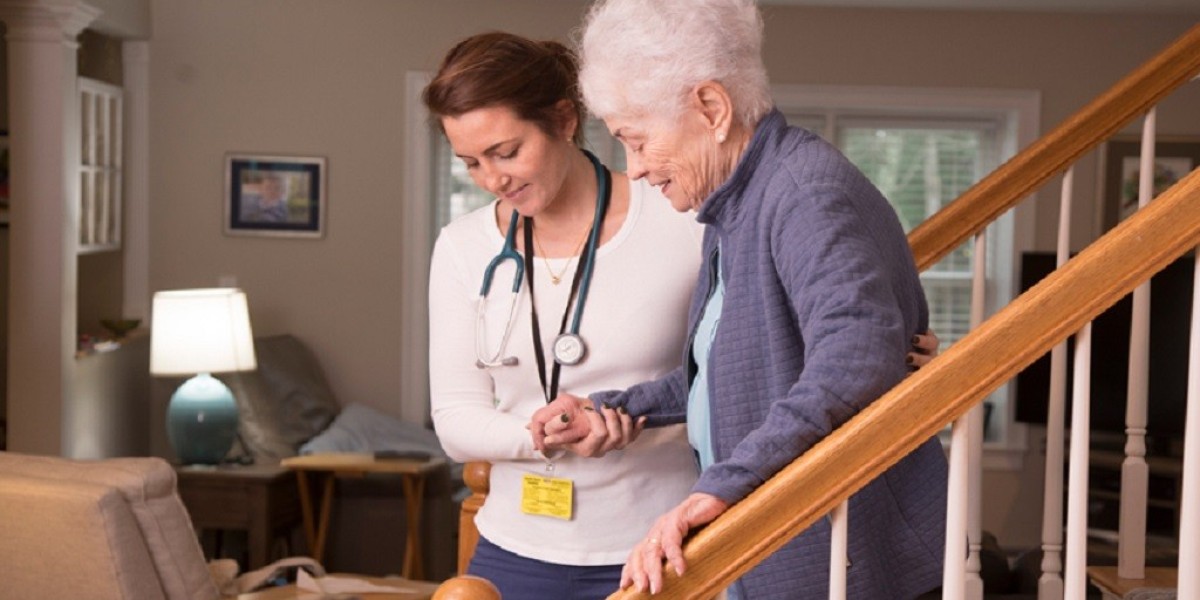Female incontinence affects millions of women across all age groups, yet it remains one of the most underreported, misunderstood, and stigmatized medical issues in women’s health. For decades, silence, embarrassment, and misinformation kept women from seeking treatment—even when quality of life was severely impacted. Today, however, a growing field is challenging that silence. Woman Urology is not only advancing medical care for incontinence but also transforming how we talk about it.
As more specialists emerge in Woman Urology, so too does a cultural shift: women are beginning to speak more openly about their symptoms, options, and outcomes. This article explores how Woman Urology is redefining female incontinence care, from state-of-the-art treatments to groundbreaking public conversations.
What Is Woman Urology?
Woman Urology is a specialized subfield of urology that focuses on the diagnosis and treatment of urological disorders in women. While urology has historically been associated with male health—particularly prostate issues—the rise of Woman Urology has brought attention to the unique urinary and pelvic floor conditions that affect women.
Conditions addressed within Woman Urology include:
Stress urinary incontinence
Urge incontinence (overactive bladder)
Mixed incontinence
Pelvic organ prolapse
Interstitial cystitis (bladder pain syndrome)
Recurrent urinary tract infections
Experts in Woman Urology understand not only the anatomical but also the emotional and social complexities of these conditions, allowing them to treat the whole patient—not just the symptom.
The Scope of the Problem: Incontinence by the Numbers
Incontinence is not just an aging issue—although its prevalence increases with age. Studies show:
1 in 3 women over the age of 35 experiences some form of urinary incontinence.
Up to 50% of women over age 65 live with incontinence symptoms.
Only 25–30% of those affected seek medical treatment.
Why the silence? Shame, stigma, and the false belief that incontinence is “just a normal part of aging” keep many women suffering in silence.
Woman Urology specialists are challenging these beliefs by educating patients, breaking down shame, and emphasizing that incontinence is treatable.
Types of Female Incontinence
Understanding the kinds of incontinence is the first step toward empowering women to seek treatment.
1. Stress Urinary Incontinence (SUI)
This occurs when physical activities such as coughing, sneezing, laughing, or lifting put pressure on the bladder, causing leakage. Common after childbirth or pelvic surgery.
2. Urge Incontinence
Often described as “overactive bladder,” urge incontinence involves a sudden, intense need to urinate followed by involuntary leakage.
3. Mixed Incontinence
A combination of stress and urge incontinence. This is one of the most challenging forms to manage but is highly treatable with a comprehensive approach through Woman Urology.
Cultural Barriers and the Importance of Conversation
Historically, female incontinence was considered a private, even shameful, topic. Women were taught to accept it as a consequence of childbirth or aging, and they often didn’t realize that medical solutions existed.
Woman Urology is dismantling that narrative in several important ways:
Normalizing the conversation: Through education, public awareness campaigns, and clinician training, specialists are helping women talk about bladder issues without embarrassment.
Inclusive care environments: Female-friendly clinics now emphasize patient dignity, privacy, and comfort—key values in Woman Urology.
Engaging community dialogue: Podcasts, blogs, and patient advocacy groups are sharing personal stories to inspire others to seek help.
By encouraging women to speak up, Woman Urology is turning a once-taboo subject into an open and empowering discussion.
Diagnostic Advances in Woman Urology
One reason incontinence is underdiagnosed is that symptoms vary widely. What feels like a minor annoyance for one woman could be debilitating for another. Woman Urology uses advanced diagnostic tools to pinpoint the cause and severity of incontinence.
Key assessments include:
Urodynamic testing: Measures bladder pressure and urine flow to diagnose overactive bladder or obstruction.
Pelvic ultrasound: Identifies structural abnormalities or prolapse.
Bladder diaries: Help track patterns in urination frequency, urgency, and leakage episodes.
Physical pelvic exams: Evaluate muscle strength and organ positioning.
These tools allow Woman Urology experts to design individualized treatment plans—avoiding the one-size-fits-all approach that fails so many patients.
Treatment Options in Woman Urology
Gone are the days when incontinence meant bulky pads or surgery as the only solutions. Today’s Woman Urology clinics offer a variety of treatments tailored to lifestyle, severity, and patient preferences.
1. Pelvic Floor Physical Therapy
Highly effective for stress incontinence and mild pelvic organ prolapse. Therapists guide women in strengthening the muscles that support the bladder and urethra.
2. Behavioral Training and Lifestyle Modification
Includes:
Bladder training (delaying urination to retrain the bladder)
Fluid and caffeine management
Weight loss strategies
Woman Urology providers combine these with other therapies for long-term success.
3. Medications
Used primarily for urge incontinence and overactive bladder. Newer drugs come with fewer side effects and better patient compliance.
4. Pessary Devices
Inserted into the vagina to support the bladder and reduce leakage. Especially useful for women with pelvic organ prolapse.
5. Minimally Invasive Surgery
For more severe cases, Woman Urology offers:
Mid-urethral slings for stress incontinence
Botox injections for overactive bladder
Sacral nerve stimulation to regulate bladder signaling
All these interventions reflect the growing sophistication and personalization of Woman Urology.
Postpartum Incontinence: Breaking the “New Mom” Myth
Many new mothers assume that bladder leakage after childbirth is unavoidable and permanent. While it's common, it doesn't have to be chronic.
Woman Urology specialists emphasize:
Early pelvic floor rehab can prevent lifelong symptoms.
Vaginal deliveries may weaken pelvic muscles, but recovery is possible with the right interventions.
Hormonal shifts during and after pregnancy can affect bladder function—an area where Woman Urology offers specialized insight.
By addressing postpartum bladder issues early, Woman Urology prevents years of silent suffering.
Menopause and Incontinence: The Hormonal Connection
The hormonal changes during menopause lead to:
Thinning of the urethral lining
Decreased muscle tone
Increased risk of UTIs
These changes make incontinence more likely. Woman Urology often uses localized estrogen therapy, pelvic floor exercises, and non-surgical devices to help restore function and comfort during this life stage.
The good news? Most cases can be managed successfully without invasive surgery.
Technology and Telehealth in Woman Urology
Modern Woman Urology practices increasingly use telehealth for:
Initial consultations
Follow-ups
Bladder diary reviews
Virtual pelvic floor coaching
These tools break down barriers for women who may be too embarrassed, busy, or isolated to visit a clinic in person.
Additionally, wearable bladder sensors, mobile apps for tracking symptoms, and smart pelvic trainers are changing how women engage with their own care.
The Importance of Mental Health in Woman Urology
Living with incontinence affects more than the bladder—it impacts mental well-being. Women may experience:
Anxiety about leaving home
Social withdrawal
Depression
Intimacy issues
Woman Urology providers are increasingly adopting a whole-person approach, screening for emotional distress and referring to counseling or support groups when needed. They understand that healing goes beyond physical repair—it includes restoring confidence and quality of life.
The Role of Education and Outreach
To truly break the taboo, Woman Urology must extend beyond the clinic walls. That’s why many providers are partnering with:
Community health programs
OB-GYN practices
Fitness centers and yoga studios
Online platforms
They offer workshops, webinars, and informational resources to educate women on recognizing symptoms early and knowing when to seek help.
The impact is clear: more women are coming forward, talking to their doctors, and discovering that incontinence is not something they have to live with.
Frequently Asked Questions
1. Is urinary incontinence just a normal part of aging?
No. While aging increases the risk of incontinence, it’s not inevitable. Many treatment options can significantly improve or even eliminate symptoms. Woman Urology focuses on helping women of all ages regain control and confidence.
2. When should I see a urologist for bladder leakage?
If incontinence affects your daily life, sleep, work, or emotional health, it’s time to consult a specialist. Woman Urology providers can diagnose the exact cause and offer personalized solutions.
3. Can pelvic floor exercises really help with incontinence?
Yes, especially for stress incontinence and mild cases. When done correctly and consistently—often with the guidance of a physical therapist—they strengthen muscles that support the bladder. Many Woman Urology clinics offer this as a first-line treatment.
Final Thoughts
Incontinence is a common, often hidden struggle for millions of women—but it doesn’t have to be. Thanks to the growing field of Woman Urology, the silence surrounding this issue is finally being broken. With compassionate care, advanced treatments, and a growing movement to destigmatize bladder health, women are finding their voices—and their strength.
Whether you’re a new mom, navigating menopause, or dealing with symptoms for the first time, Woman Urology offers not only medical solutions but also hope, healing, and a path toward reclaiming your life.








